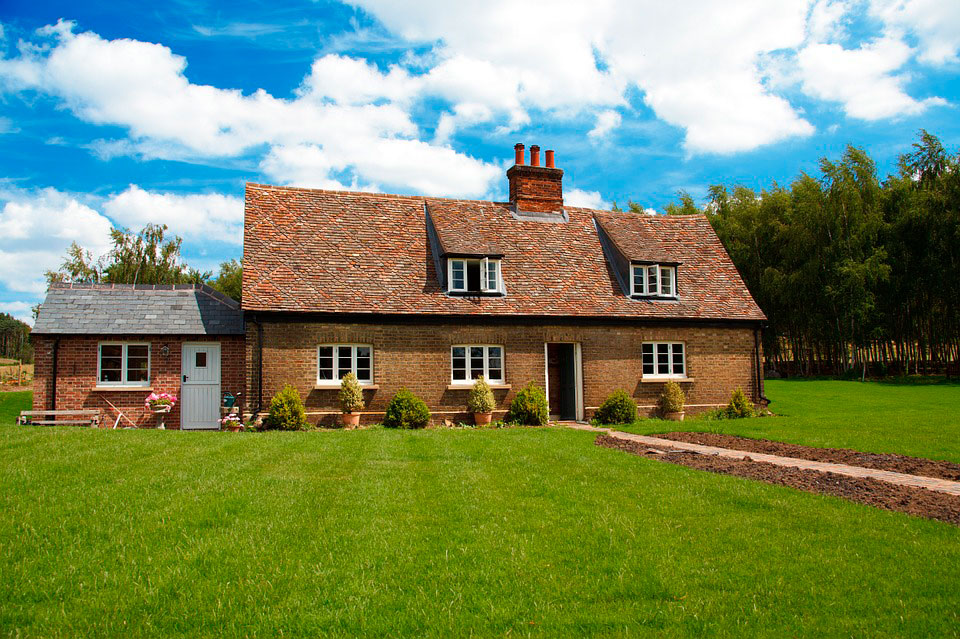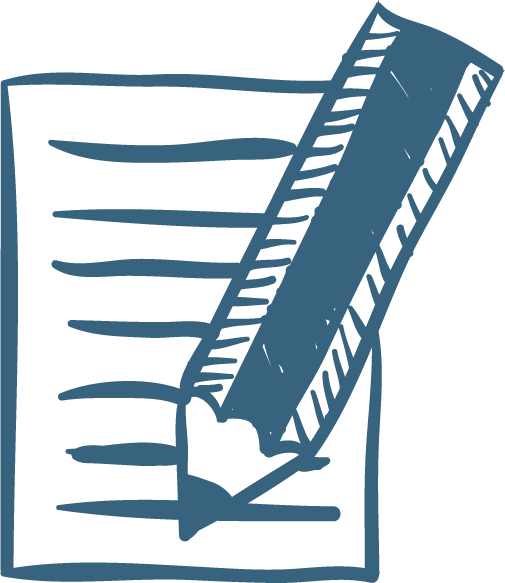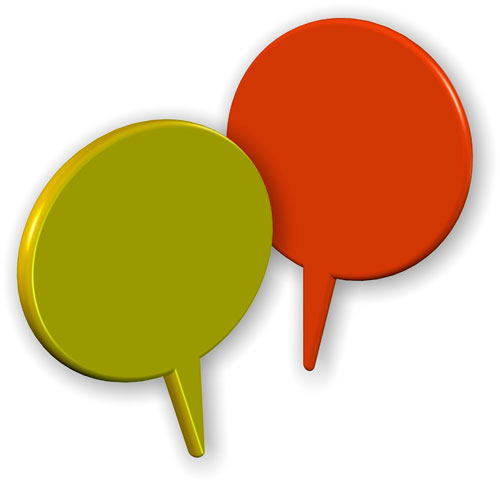On this section, you will identify the simple present tense of the verb to be in the affirmative, negative and interrogative forms by practising some exercises. This information will also be useful to distinguish the uses of the verb to be in simple past and simple present.
Verb to be in Past Simple |
Verb to be in Present Simple |
A year ago |
Now |
I was a fireman. |
I am a fireman. |
You were a student. |
You are a student. |
He was a lawyer. |
He is a lawyer. |
She was a teacher. |
She is a teacher. |
It was a dog. |
It is a dog. |
We were friends. |
We are friends. |
You were students. |
You are students. |
They were doctors. |
They are doctors. |
At the end of this section, you will identify the difference between the verb to be in the present and the past simple in its three forms, affirmative, negative and interrogative. Said will be achieved through communicative activities expressing experiences and situations that happened in the past.
Look at the following chart to identify when we use the simple past tense of the verb to be.
We use the simple past of the verb to be to talk about a past state of being of a person or situation.
When answering past tense questions, the affirmative (YES) and negative (NO) forms have two types of answers: short (with contraction) and the long.

Were you at the library yesterday? No, I was not at the library yesterday.
Were you at the library yesterday? No, I wasn’t.
Look at the different short answers for each pronoun.
Exercise 1.
It is time to practice, complete the sentences using the correct past form of the verb to be. At the end of the exercise, you will know the right answers.
Exercise 2.
Using the given information, write the questions using the correct past form of the verb to be. Then, when necessary answer the questions using the contracted form. Here are two examples.
Now you are going to practice the use of the verb to be in the past. Complete the statements and questions using was or were.

Activity 1
Read the text “A lovely house” and answer the questions using long answers.

Supanat, B. (2016). Big Ben. Taken from: https://pixabay.com/es/big-ben-torre-del-reloj-2021610/
A lovely house
Last night, we visited a lovely house. It was about 100 years old, and we wanted to buy it immediately. There was a beautiful dining-room, and a very big living room downstairs, and four bedrooms upstairs. There was a large and very modern kitchen in the back of the house was large too.

Activity 2
Click on the following link and listen to the song Creep by Radiohead. Then complete the song by choosing the correct form of the verb to be.
Activity 3
Listen to the description of famous people. Then complete the paragraphs using the verb to be in the past or use the information that best completes the description given.
Click to listen to the audio.

Activity 4
Listen to the song 7 Years by Lukas Graham. Then complete the text below by choosing the proper form of the verb to be into the spaces provided.
Complete the following conversation with the correct past form of the verb to be.
Remember to check the grammar section, in case you need it.

Activity 5

In the space provided, write a short biography in 150 words about your famous favourite person, using the simple past tense of the verb to be. Please include date and place of birth, trajectory, main works, etc.
Read the example and use it as a guide.
Mozart: My favourite famous person.
My favourite famous person is Mozart. The following ideas are some of the things I know about him.
Mozart was born to Leopold and Anna Maria Pertl Mozart in 1756 in what is now Salzburg, Austria. His father Leopold Mozart was a choir master, a minor composer and an experienced teacher. When Mozart's sister Nannerl was seven, she began keyboard lessons with her father while three-year-old Wolfgang watched with fascination.
At age 4 Wolfgang himself began keyboard, and by age five he was composing short pieces which his father wrote down for him.
By the time Mozart was in his mid-twenties he had established himself as one of the most accomplished keyboard players in Vienna and was recognised as a talented composer.
Mozart died when he was 35 years old.
Once you finish writing, you will evaluate your work. Open the rubrics and click on the columns that better describe your paper, You will see that each column has a different colour when you choose it. When you finish, you will be given a score and your feedback.
Use the following rubric to check your writing.

Activity 6
Now you are going to record some information about yourself using the past tense of the verb to be. The recording should be at least 60 seconds. Consider saying your age and description. Talk about a period in your childhood that you liked. You can also speak about someone else. Self-evaluate your recording using the rubrics below.

Click here to listen to an example of this exercise. |
Complete the statements using the past or present of the verb to be.
• British Council, IELTS Speaking band descriptors (public version) ([online], URL address: https://www.ielts.org/-/media/pdfs/speaking-band-descriptors.ashx?la=en [consulted on November 7, 2019].
• British Council, IELTS TASK 1 Writing band descriptors (public version) ([online], URL address: https://takeielts.britishcouncil.org/sites/default/files/ielts_task_1_writing_band_descriptors.pdf [consulted on November 7, 2019].
• Macfarlane, M. (2008). English Practice Grammar. Líbano: Garnet Education.
• Oxenden, C., et. al. (1996). American English File MultiPACK 1A. Inglaterra: OXFORD University Press.
• Oxenden, C., et. al. (1996). New English File Elementary Student´s Book. Inglaterra: OXFORD University Press.
• Oxenden, C., et. al. (1996). New English File Elementary Workbook. Inglaterra: OXFORD University Press.
• English Club. Be used to. (2017). https://www.englishclub.com/grammar/verbs-m_used-be-used-to.htm